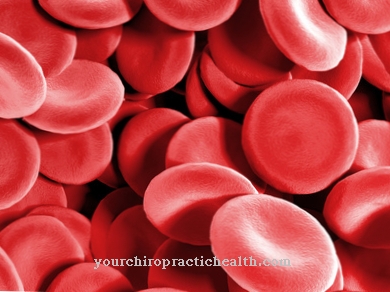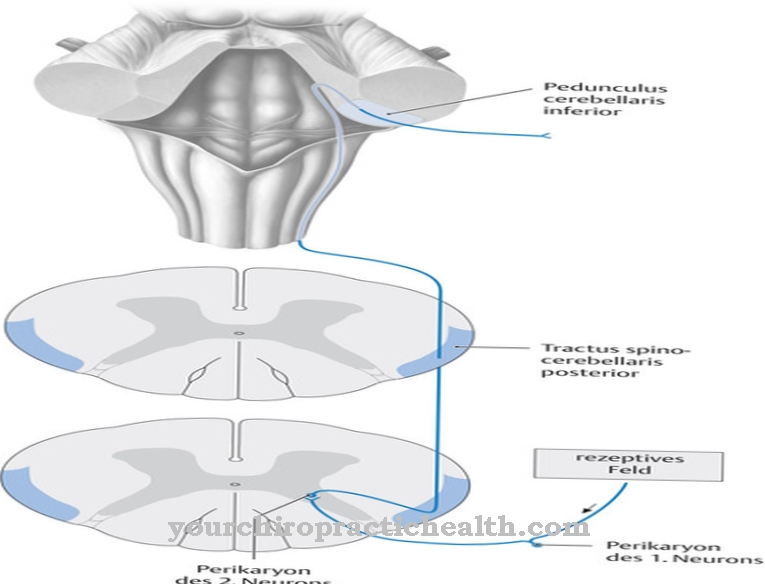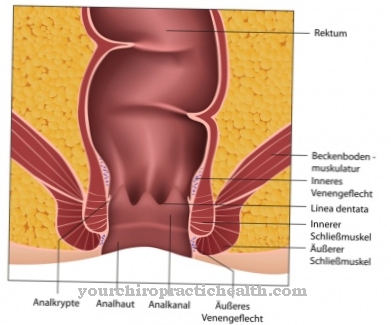Should you ever come to Finland, regardless of whether you are in the city or in the country, you are sure to be invited to the sauna for wellness.
Sauna is healthy
It can be said without exaggeration that the use of this bathing facility appears to the Finns as important as their daily bread. We know from the earliest historical records that the frequent use of steam baths and sweat baths was already known in antiquity.
In the Middle Ages, such facilities went out of fashion in Germany, but in the far north this form of bathing has remained popular to this day. Today we are encountering the sauna again increasingly in Germany, and the circle of its supporters is growing ever larger. The question of what the principle of the sauna bath actually is and what its effect is, naturally gains renewed interest.
Some people are a little shocked at first when they hear that you are exposing yourself to a temperature of more than 100 degrees in the sauna, and the first question is usually: "Can you not get cardiac arrest if you jump or jump into cold water after being heated like this?" can be doused with it? ”But you can calm the fearful.
The sauna is a hot air bath with dry heat, which means that the humidity is extremely low at 20 to 30 percent. They are mainly made of wood, larger saunas in public thermal baths, wellness hotels or baths are lined with absorbent wood.
In the sauna, granite stones are made to glow on a simple fire hearth. the Finnish farmers, you can also heat the sauna heater with electricity or gas. The temperature in the sauna has a steep gradient due to the laws of physics. Under the ceiling it is usually measured over 100 degrees, while it is only about 40 degrees on the floor.
How does a sauna work?
If you enter the sauna without clothing, the skin is immediately covered with a thin layer of sweat. With the low water content of the air, it evaporates immediately, which keeps the body temperature within tolerable limits. This physiological protective effect through the evaporation of sweat means that the core temperature only rises to 38 to 39 degrees, even if the sauna is uninterrupted for 20 minutes. A very simple experiment makes the process clear. If you blow on the skin, you first notice with astonishment that there is no cooling, but on the contrary a heat effect.
It's easy to explain. The protective steam jacket, formed from sweat, is removed by the blowing, allowing the heat to act directly on the skin. Depending on the individual, a very strong flow of sweat sets in after 5 to 10 minutes in the sauna, so that with 2 to 3 sessions of 15 minutes each up to 1½ liters of fluid can be excreted.
What effect does the sauna have on the organism? Salts of all kinds are excreted with the sweat. Laypeople in particular attach great importance to this process as detoxification. Scientific studies have also shown that the sauna activates certain glands with internal secretion, especially the pituitary gland and the adrenal gland.
Heart & circulation in the sauna
Most important, however, are the effects on the functions of the heart and the circulatory system via the vegetative part of the nervous system. In the sauna, the pulse rate increases somewhat, most notably in people with low blood pressure and less so in those with high blood pressure.
The strong heat stimulus could therefore be a certain burden on the heart. On the other hand, however, the skin vessels are greatly expanded, which is visible in the bright red color of the skin, and the pressure on the blood circulation is relieved by the reduction in resistance at the periphery.
In Finland, where people have a lot of experience with the sauna, the opinion is that anyone who can still walk into the sauna can tolerate it. Very detailed investigations were carried out to gain an insight into the cardiovascular stress in all phases of the sauna bath, during the heating and cooling by the cold bath and the subsequent break.
Circulatory stress in the sauna

It has been shown that the circulatory stress caused by the heat stimulus in the sauna is very low, while the sudden cooling is somewhat greater, but at no point does it equal the stress that 20 squats cause.
If you summarize the effect of the sauna on the organism, then the focus is on the reaction of the vegetative part of the nervous system, which is known to control the organ and circulatory functions of our body more or less automatically. The possible uses result from this: They are primarily on the preventive side.
With our lifestyle habits, which cause so many traits of behavior that contradicts scientific knowledge and thus stress symptoms in those organs that are subject to the control of the autonomic nervous system (this is shown in high and low blood pressure values, coronary constriction, migraines, but also duodenal ulcers, etc. ), this type of preventive circulatory training and metabolic component is extremely important.
Disturbed functions are better regulated by the action on the autonomic nervous system and also on certain glands with internal secretion, provided that the entire way of life is changed accordingly. In particular by reducing obesity, smoking and getting enough sleep.
Health & healing effects of the sauna
But the sauna also has a beneficial effect on circulatory diseases themselves. In medicine, as is well known, the view is becoming more and more popular that even sick organs can be improved in their performance through exercise. The maximum expansion of the blood vessels and their subsequent contraction due to the cold stimulus are, so to speak, training exercises for the vessels, which also allow the damaged organ to better adapt to changed conditions.
Even people with angina pectoris generally tolerate going to the sauna very well, as do patients with high blood pressure. But here special precautionary measures must be observed during the subsequent cooling.
It goes without saying that such patients should first consult a doctor who is familiar with the use of physical healing methods, including the sauna. Such baths are actually only unsuitable for heart defects, which have such a limited range of adjustment that even the slightest exertion causes shortness of breath. Even pregnant women can tolerate a sauna up to the last few months, but it should not be started during pregnancy.
The sauna is also very successful with colds, provided they are not accompanied by a high fever. In the case of bronchitis and trachitis, the course of the disease is shortened, and even some cases of bronchial asthma are favorably influenced. If we assume that the sauna is a training treatment due to the general effects already described, then the logical conclusion follows that one should not overdo it the first few times.
At first you shouldn't stay in the sauna for more than 10 minutes, then cool off and only do a second session. Gradually you can increase the time to 15, possibly also to 20 minutes and alternate three times between sauna and cooling down (swapping or pouring over).
Applied in this way, the health-promoting factors of the sauna will soon be felt. Many competitive athletes have learned to appreciate their fitness and performance-enhancing effects. It can be intensified by a massage, which is best carried out between the individual sauna sessions and not at the end of the sauna session. Knocking birch twigs while in the sauna, known in Finland, has the same effect.
We can only welcome that the sauna is gaining popularity in Germany. Some even have their own sauna in the house or in the garden.









.jpg)

.jpg)






.jpg)








